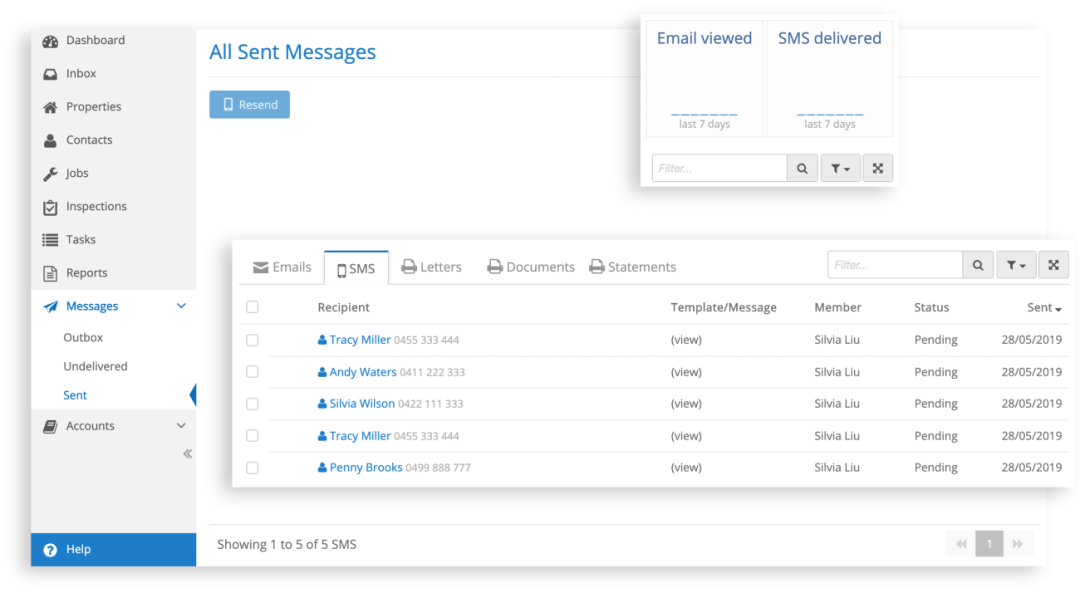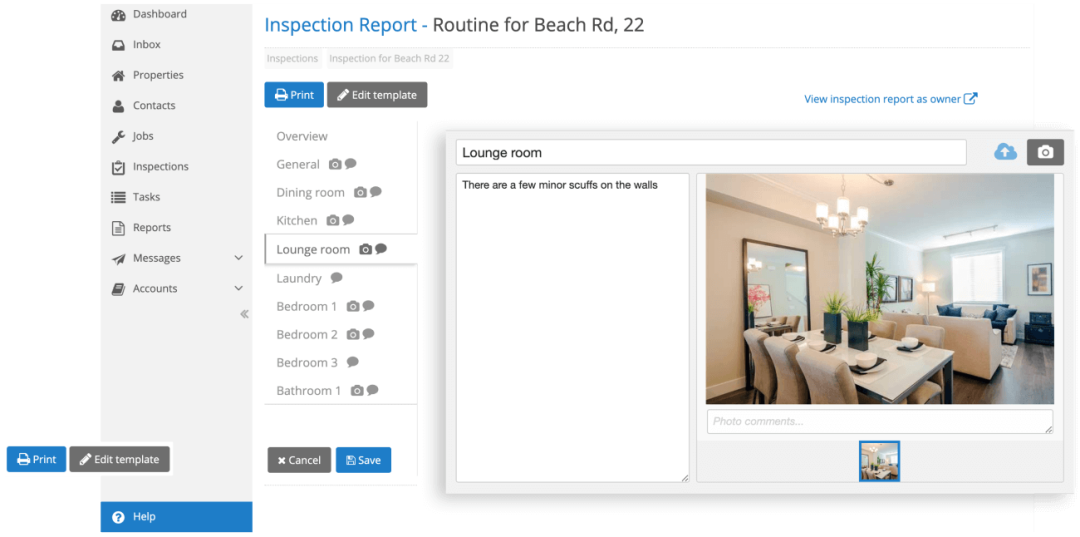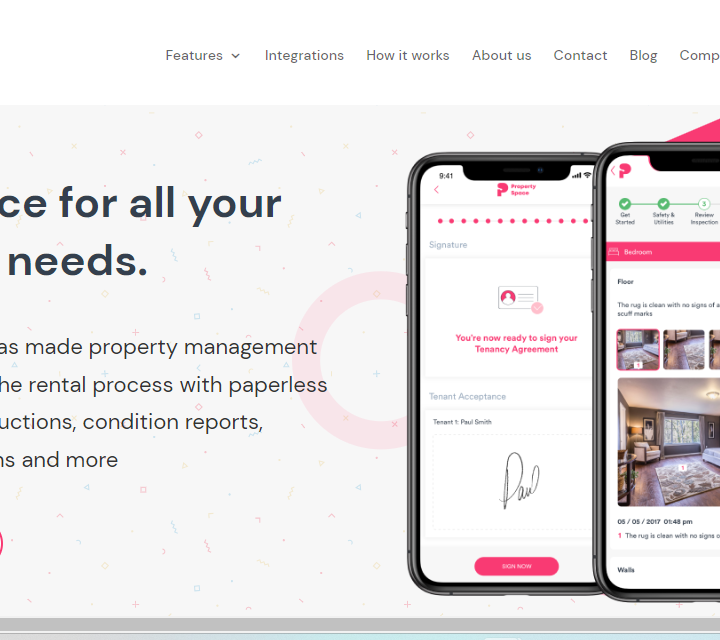How it Works
If you’re looking to understand how a property-related website works, the process typically involves several key steps, depending on the type of website (e.g., real estate listing, property management, or property valuation site). Here’s a general breakdown.
User Access & Search
- User Interface: The website offers a user-friendly interface where visitors can search for properties based on criteria like location, price range, property type, and more.
- Search Filters: Users can refine their search with filters such as number of bedrooms, bathrooms, square footage, etc.
Property Listings
- Database of Properties: The website pulls data from a database that contains information about various properties. This database can be maintained by the site itself or sourced from external databases (like MLS in the case of real estate).
- Listing Details: Each property listing includes detailed information such as photos, price, description, location on a map, amenities, and contact details of the seller or agent.
Property Management & Interaction
- Inquiries: Users can contact the property owner or agent directly through the website via email, phone, or an internal messaging system.
- Virtual Tours: Some websites offer virtual tours, allowing users to explore the property online.
- Booking Appointments: Users can often schedule viewings or appointments directly through the site.
Advanced Features
- Valuation Tools: Some property sites provide tools to estimate the value of a property based on market trends, comparable sales, and other factors.
- Mortgage Calculators: Users can use calculators to estimate mortgage payments based on property price, down payment, interest rate, and loan term.
- User Accounts: Registered users can save their favorite properties, get alerts for new listings, and access more detailed data.
Backend Processes
- Data Management: The site’s backend manages all the data, including user profiles, property listings, search history, and interactions.
- Updates & Maintenance: The website is regularly updated with new listings, price changes, and other relevant data. This ensures that users always have access to the most current information.
“A property-related website is a dynamic platform where users can search, view, and engage with property listings through a user-friendly interface. The process involves seamless interaction between data management, user engagement, and backend processes, ultimately facilitating property transactions





